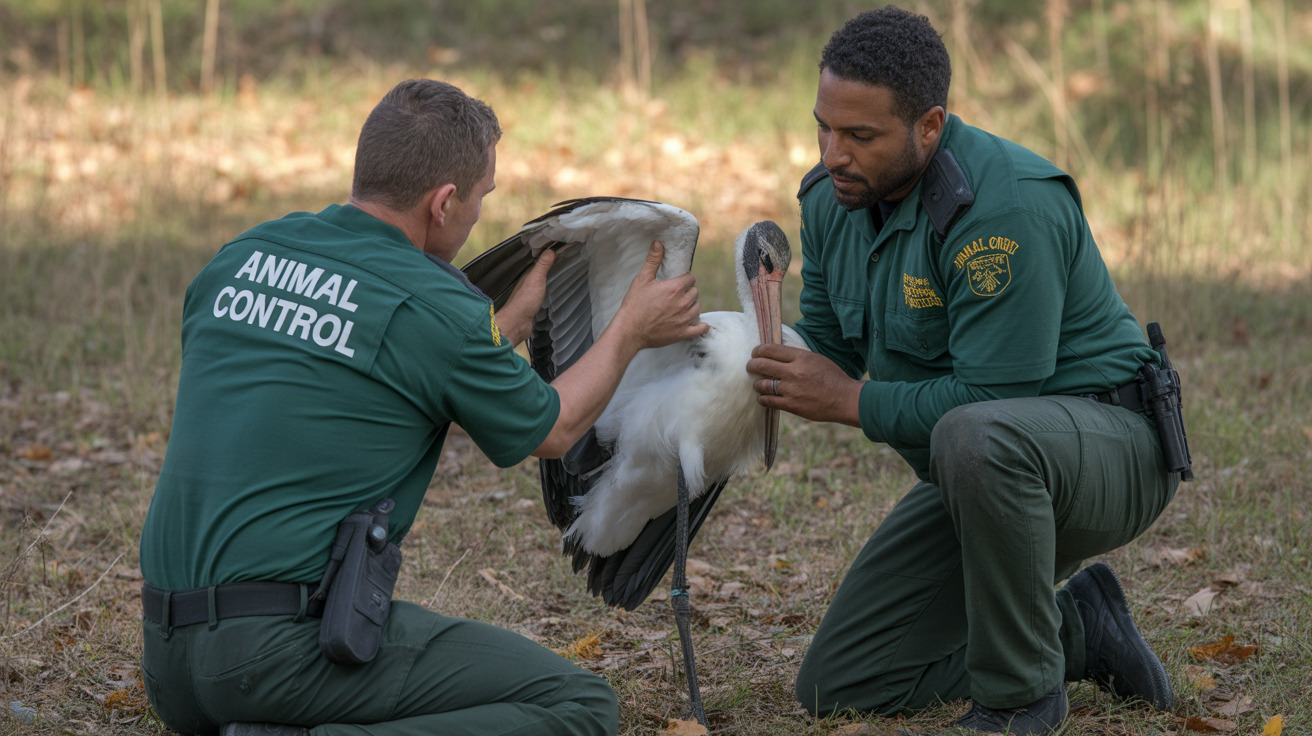Understanding Why Dogs Bleed from the Mouth
Bleeding from a dog’s mouth can be alarming. While some causes are minor, others may signal serious health concerns. Recognizing the reasons behind oral bleeding is crucial for timely and appropriate care.
Common Causes of Oral Bleeding in Dogs
- Periodontal Disease: The most frequent cause. It begins with plaque and tartar buildup, leading to gum inflammation (gingivitis) and infection.
- Teething (Puppies): Mild bleeding is common in puppies aged 12–16 weeks as they lose baby teeth.
- Trauma or Injury: Chewing on sharp objects, falls, or fights can damage oral tissues and cause excessive bleeding.
- Foreign Objects: Objects like bones or sticks may get lodged in the mouth, causing irritation and bleeding.
- Oral Tumors: Both benign and malignant growths can ulcerate and bleed. Signs include swelling and difficulty eating.
- Blood Clotting Disorders: Conditions like von Willebrand’s disease or exposure to rat poison can trigger spontaneous bleeding and bruising.
- Oral Infections: Bacterial or fungal infections can develop after trauma or dental neglect, leading to inflammation and bleeding.
- Nutritional Deficiencies: Rare but possible, particularly with deficits in vitamin C, impacting gum health.
Associated Symptoms to Watch For
- Persistent or excessive gum bleeding
- Bad breath (halitosis)
- Red, swollen, or receding gums
- Reluctance to eat or difficulty chewing
- Excessive drooling, sometimes with traces of blood
- Pawing at the mouth
- Visible foreign bodies or injuries
- Lethargy or weakness
- Pale or white gums
- Facial swelling
When to See a Veterinarian
Seek veterinary care if your dog experiences:
- Continuous or unexplained oral bleeding
- Signs of discomfort, lethargy, loss of appetite
- Pale gums, signs of weakness or collapse
- Visible oral masses or stuck foreign objects
In emergencies—like severe bleeding, signs of shock, or difficulty breathing—immediate care is critical.
Diagnosis and Treatment Options
To identify the cause, a veterinarian may perform:
- Physical and oral exams (may need sedation)
- Dental X-rays or other imaging like CT scans
- Blood tests including clotting profiles
- Biopsy of suspicious growths
- Urine tests to check systemic health
Treatment approaches may include:
- Professional dental cleaning and extractions
- Antibiotics and anti-inflammatories
- Tumor removal or referral to oncology
- Removal of foreign bodies under anesthesia
- Supportive care like fluids and pain management
- Blood transfusions in severe cases
Prevention and At-Home Care
- Brush your dog’s teeth regularly with pet-safe toothpaste
- Provide routine dental check-ups and cleanings
- Feed a balanced, nutrient-rich diet
- Use safe chew toys—avoid bones, hard plastics, and sticks
- Supervise toy use, especially outdoors
- Watch for signs of oral discomfort or behavioral changes
Proper dental hygiene and attentive pet care can prevent many causes of mouth bleeding. Early intervention ensures your dog stays healthy and pain-free.





